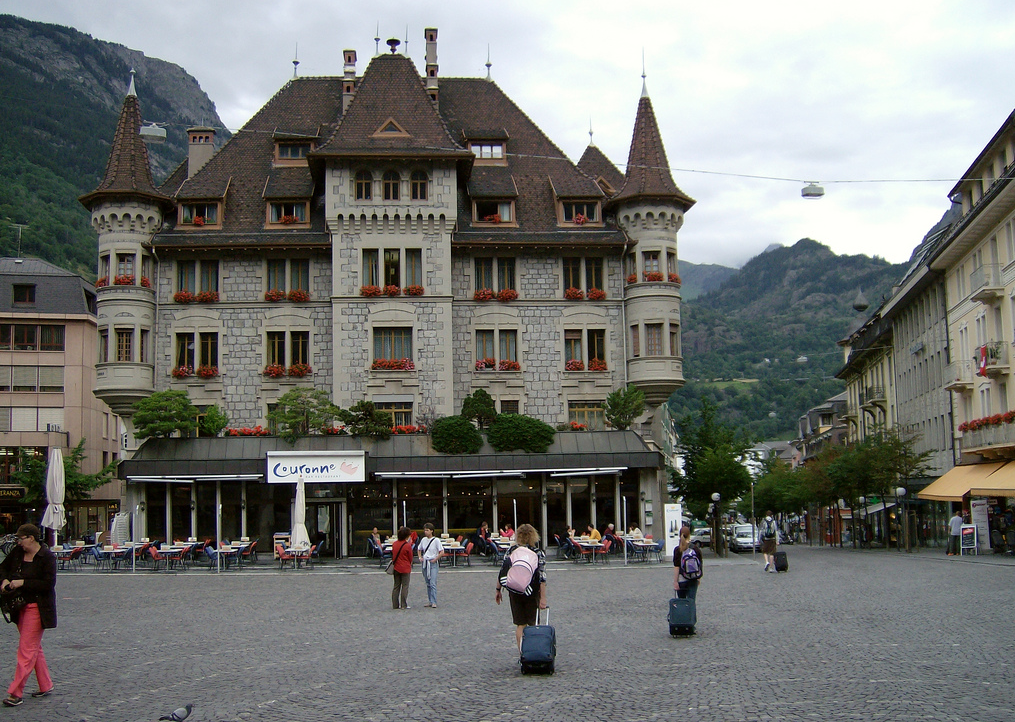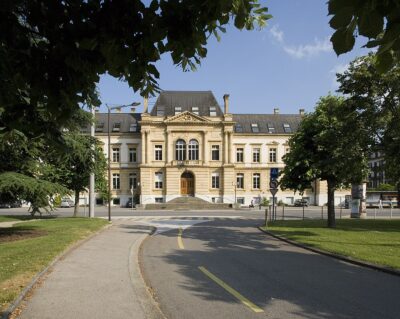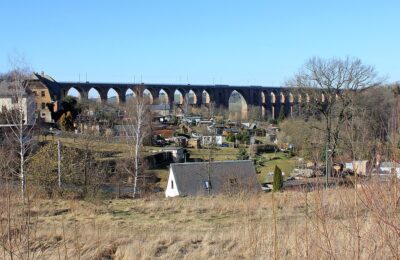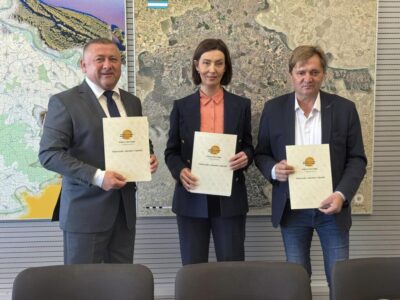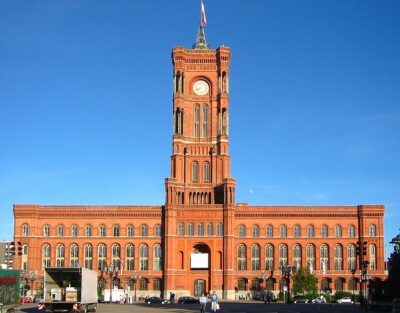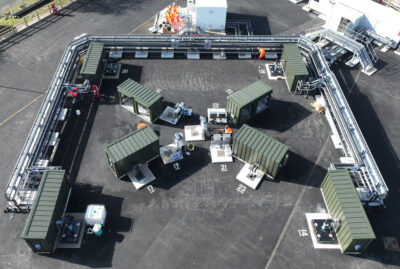Possibility of geothermal direct use being explored in Brig-Glis, Switzerland
Despite abandoning plans for a possible geothermal power plant, the municipality of Brig-Glis in Valais/ Switzerland is exploring the possibility of a 1,000 m deep well to utilise geothermal energy for heating purposes.
Reported from Switzerland, an expert team is currently investigating whether it would be possible to heat neighbourhoods in the municipality with hot water from a depth of 1000 meters. Results should be available in summer.
For a long time it was quiet around the the company Geothermie Brig-Glis AG. After giving up plans for the construction of a geothermal power plant in the area of the municipality, in Brig-Glis in the canton of Valais in Southern Switzerland, however, a new attempt is being made to harness heat from the earth.
Although the plans were lost, the efforts were not in vain. “A 500 meter deep test well made in Brigerbad has led to a fairly certain finding that there are many areas of stratified soil in the region that carry very warm water,” says Brig. Glis AG’s managing director, Eduard Brogli. “These findings form the basis for the newly launched attempt to use geothermal energy in the Brig-Glis area.”
The geothermal Brig-Glis AG has hired an expert in the person of Werner Leu. “His job is to check by the summer if and where a well could be drilled in the Brig-Glis area for geothermal energy,” Brogli says. However, the outlook is a little different than it was a few years ago.While at that time the plan was to build a geothermal power plant in the Brig-Glis area with a 3,000-meter-deep well, the new plans are far less ambitious in terms of the depth of the well.”The idea of the project at that time would hardly have been profitable,” says Brogli. “Therefore, we have plans for a new well of 1,000 meters depth tested.”
Use hot water directly
Because of the lower depth, the idea of a power plant is off the table. “The pumped-up water would not be sufficiently hot to generate electricity from it,” says the managing director of geothermal Brig-Glis AG, in which not only the municipality but also the canton and several local companies from the energy sector are involved. “Our goal is therefore to use the hot water directly, by feeding it into an energy grid and so can heat the connected houses. So you can imagine it as a huge heat pump, as it is today in many houses in smaller versions. “It is Brogli’s vision that such a system could one day provide the new hospital and adjoining quarters with heat. “It would be appropriate for this major project if we could heat the new hospital with such advanced and ecological technology,” he says.
However, this is still a dream of the future. Because in addition to the technical and financial feasibility of such a bore and the safety aspects must be clarified. “Geothermal projects are in focus after the incidents in Basel and St. Gallen, especially in terms of safety,” says Brogli.”That’s why it’s vital to clarify these aspects. This, too, is part of Werner Leu’s assignment. “Brogli is confident, however, that the project will not fail due to safety issues. “A 1,000-meter hole is nothing like the depths sought in Basel and St. Gallen, significantly reducing the risk of seismic problems.”
Brogli is also optimistic that the federal government seems to believe in the project. It accounts for 45 per cent of the total cost of the study, amounting to CHF 100,000 (~$104,000). “Now we hope that we will be able to come up with positive results for the big energy symposium at the end of August”, says the managing director of geothermal Brig-Glis AG.
Source: 1815.ch
